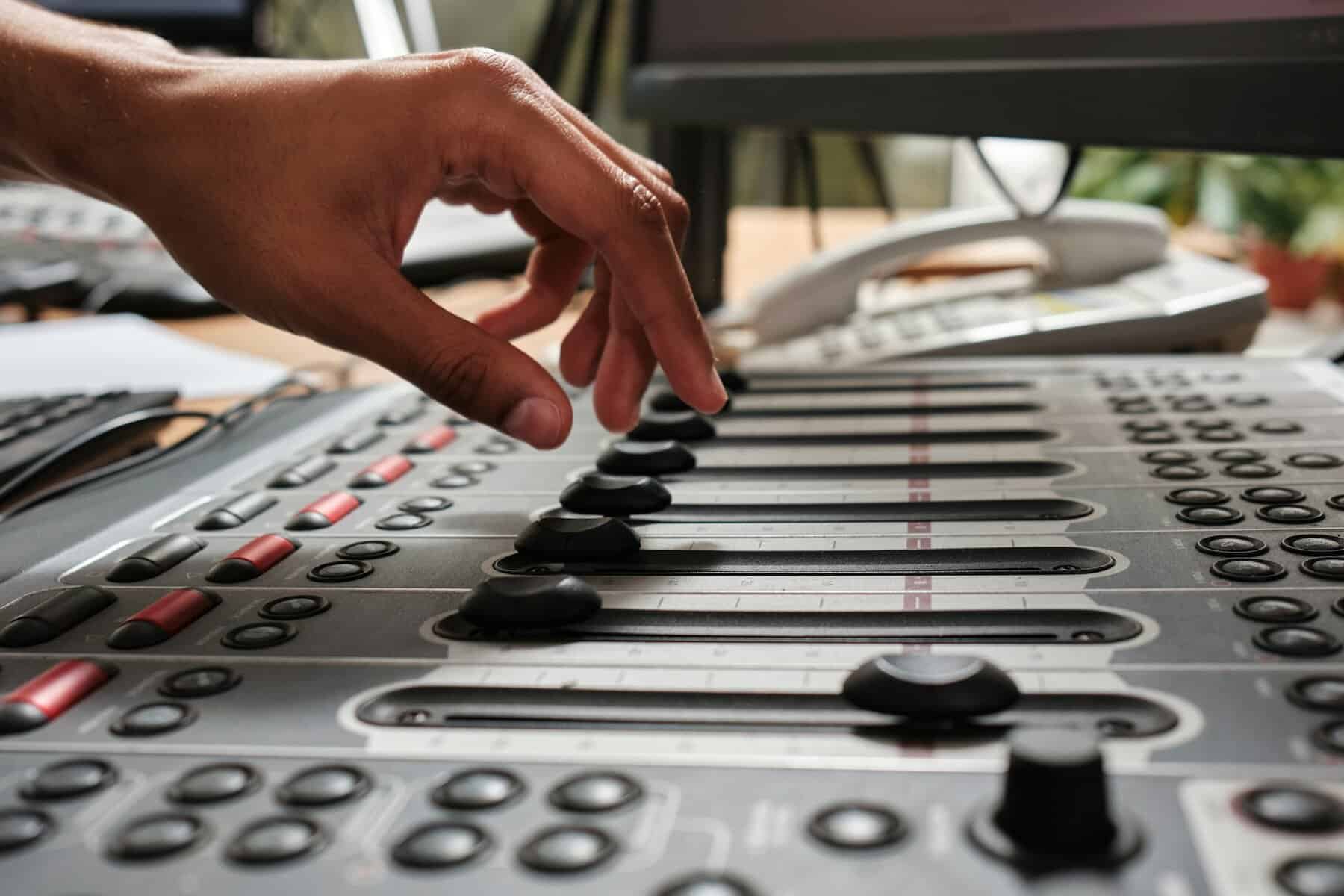
Sound quality can often be the secret ingredient that makes radio commercials memorable. It’s not just what is said during these ads that counts, but how it sounds to the listener. A clear and engaging sound can effectively capture attention and reinforce the message being conveyed. Poor sound quality, on the other hand, can lead to misunderstanding and disengagement, affecting the overall impact of the commercial.
The hurdles tied to achieving top-notch sound quality can be daunting. From the constant buzz of background noise to inconsistent volume levels, several factors can diminish the clarity of a commercial. Understanding these common pitfalls is the first step to overcoming them and ensuring that every word resonates as intended.
Identifying Common Sound Quality Problems
Sound quality issues come in various forms, each affecting the effectiveness of radio commercials in different ways. Here are some of the most frequent problems:
– Background Noise: Unwanted sounds like static, echoes, or traffic can distract listeners, drawing attention away from the main message.
– Poor Volume Levels: Either too soft or too loud audio can frustrate listeners. Whisper-quiet sections can become unintelligible, while blaring volume might prompt listeners to switch the dial.
– Lack of Clarity: Muffled or distorted audio can obscure important details, leaving the audience confused about what’s being advertised.
These problems can cause the intended message to get lost. Just as an unclear phone call can lead to miscommunication, poor sound quality in commercials can prevent key points from coming through. Recognizing these issues is essential for any team aiming to improve their radio spots and connect better with their audience.
Techniques to Improve Sound Quality
Improving sound quality in radio commercials starts with using the right equipment. Investing in professional-grade microphones and recording devices can make a world of difference. These tools capture audio more accurately, reducing the possibility of distortion and capturing voices more naturally. It’s like giving your words wings—they soar straight into the listeners’ ears without getting tangled in technical misfires.
Creating the ideal recording environment is also key. Consider using a space that minimizes unwanted noise and echoes. Soundproofing can help, but smaller steps like placing soft materials around the room can also absorb excess sound. Picture a cozy room surrounded by heavy curtains or thick rugs—anything that can muffle stray sounds and enhance acoustics is a good bet.
Here’s a quick rundown of things to consider for better sound recording:
1. Choose high-quality microphones that suit your specific needs.
2. Set up in a quiet area, away from busy streets and loud air conditioning units.
3. Use pop filters to minimize “popping” sounds in vocal recordings.
4. Monitor and control the volume to ensure consistent levels.
Post-production is the stage where everything comes together. Editing software lets you clean up any unwanted sounds, balance audio levels, and enhance clarity. With the right editing, you can turn a good recording into a great one, ensuring each word shines through loud and clear.
The Role of Professional Production Services
But going solo isn’t always the best route. Professional production services bring not just expertise but also an array of tools and resources that might be out of reach for the average person. Hiring experienced sound engineers means working with folks who know the ins and outs of sound quality—and can spot potential issues before they become actual problems. These professionals often have access to advanced editing software and state-of-the-art equipment, too.
Agencies in this field offer a range of services tailored to fit specific needs, from initial consulting and recording to the fine-tuning that happens in editing. Their seasoned teams are well-equipped to craft commercials that grab attention while ensuring the audio is pristine. Think of it this way: professional help transforms your commercial dreams into polished realities, saving time and offering peace of mind.
Best Practices for Maintaining High Sound Quality
Consistent monitoring is essential to maintain sound quality from start to finish. This means regularly checking equipment to ensure it’s functioning properly and making adjustments as needed. Think of it like tending to a garden—you keep an eye on things to make sure they flourish.
Routine equipment maintenance is just part of the equation. Staying updated on current technologies and techniques keeps your work fresh and aligned with industry standards. It’s a landscape that’s always shifting, so adapting to new tools and practices helps keep your work on track and your commercials resonating with audiences.
Ultimately, prioritizing sound quality involves a blend of preparation and management. Identifying common problems, choosing the right gear, working with experts, and constant vigilance throughout production are steps that can lead to better radio commercials. As listeners tune in, your well-crafted ad might just be the one that resonates and leaves a memorable impression.
Elevating the sound quality of your commercials for radio can make a significant difference in how your message is perceived and remembered. By focusing on the right equipment, an optimal recording environment, and professional post-production services, you’re already on the path to success. If you’re ready to make your radio ads stand out and ensure they leave a lasting impression, reach out to Killerspots Agency for expert assistance. Learn more about how we can help improve your commercials for radio or give us a call at 513-270-2500 to get started.
